Where Elephants Swim: A Traveler’s Guide to Gal Oya National Park
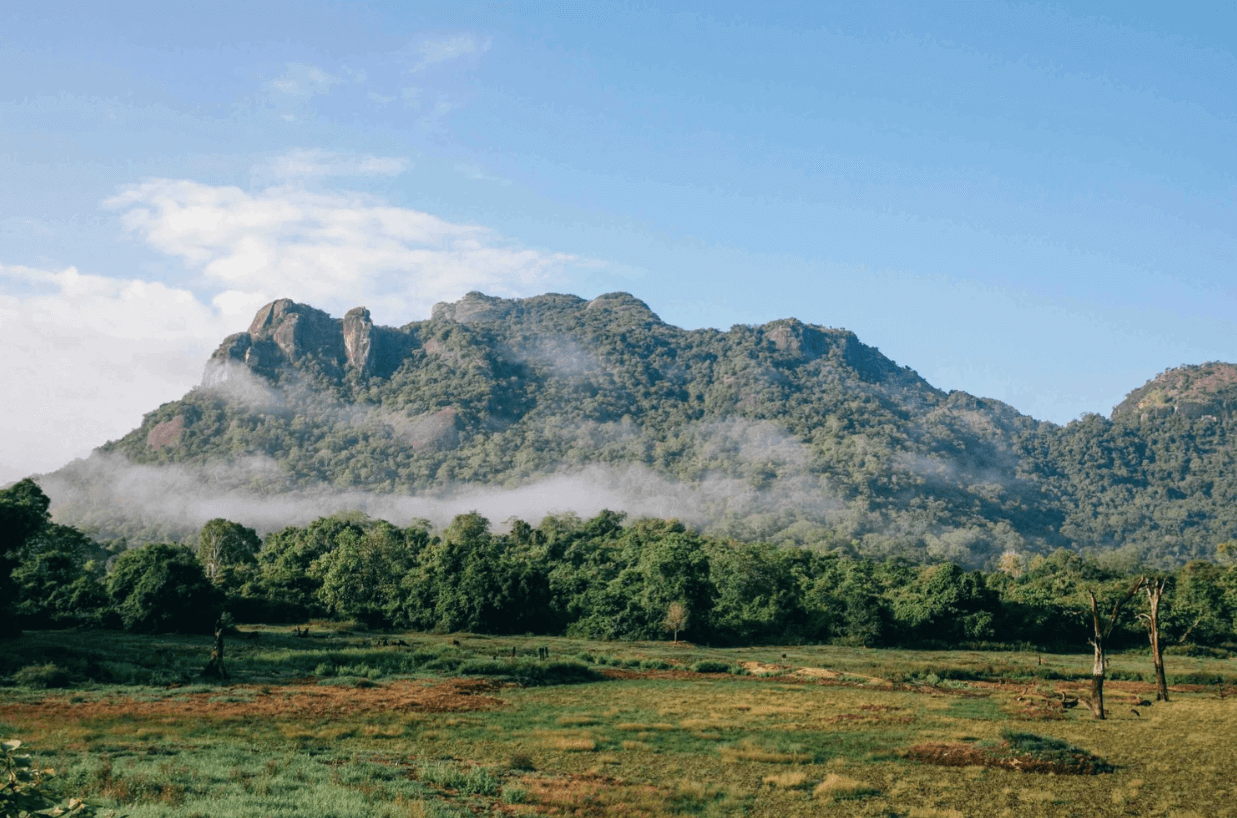
The Land of Swimming Giants
Imagine drifting across a vast, mirror-like lake as the sun begins to set, painting the sky in shades of orange and pink. In the distance, you don’t just see an elephant on the shore—you see a whole herd gracefully swimming from one island to another, their trunks held high like periscopes. This isn’t a dream; it’s just another afternoon at Gal Oya National Park.
Gal Oya is one of Sri Lanka’s most special, untouched wild places. Unlike the popular parks filled with jeep-traffic jams, Gal Oya offers a sense of true, quiet wilderness. Its heart is the magnificent Senanayake Samudraya, a massive man-made reservoir that feels more like an inland sea dotted with green islands. It’s a place where nature feels vast, powerful, and wonderfully peaceful.
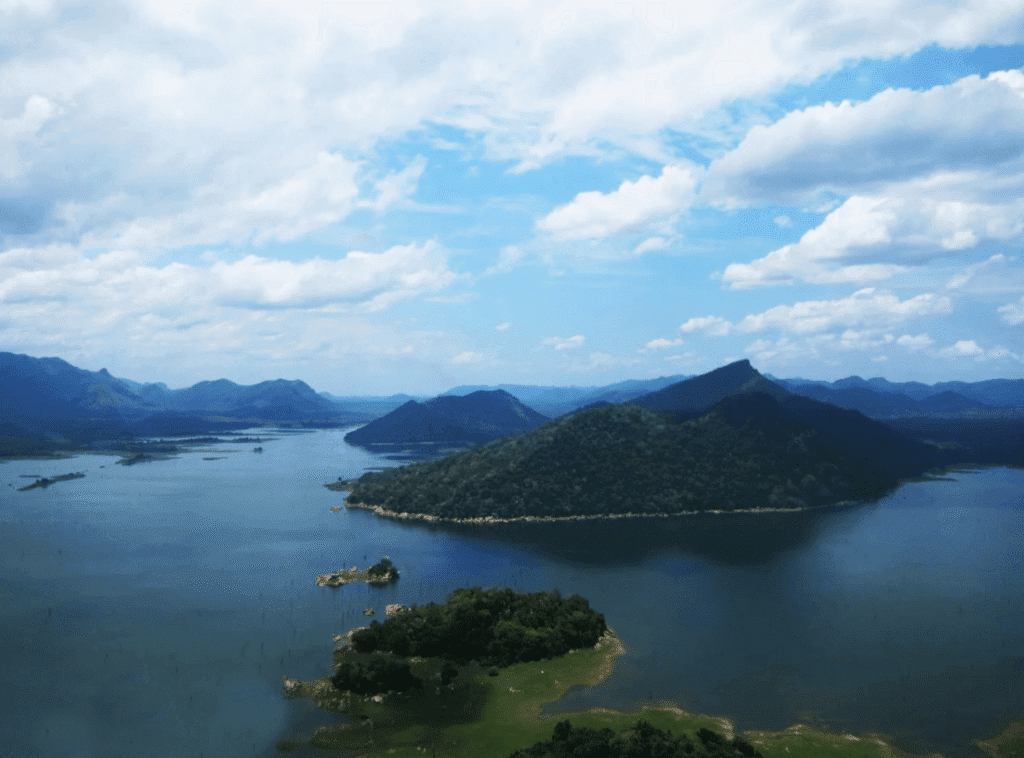
Your Gal Oya Travel Guide
Best Time to Visit
Gal Oya is a wonderful destination year-round, but your experience will change with the seasons.
- Dry Season (May to September): This is the most popular time to visit. As water levels in the park’s smaller waterholes recede, animals gather around the main reservoir, making them easier to spot. This is also the peak time to witness the famous swimming elephants as they cross the lake in search of fresh grazing grounds. The weather is hot and sunny, perfect for boat safaris.
- Wet Season (November to February): The park transforms into a lush, vibrant green paradise. While the rain can mean fewer animal sightings as they have more water sources inland, it’s a fantastic time for birdwatchers. The skies are dramatic, the air is fresh, and you’ll feel like you have the entire park to yourself.
What to Do
1. The Famous Boat Safari: This is the absolute must-do activity and what makes Gal Oya unique. You’ll glide across the Senanayake Samudraya, watching for elephants, crocodiles sunbathing on the banks, water buffalo, and a stunning array of birdlife, from majestic sea eagles to colourful kingfishers. The feeling of seeing wildlife from the water is completely different from a jeep safari—it’s quieter and much more serene.
2. Jeep Safari: For a more traditional safari experience, a jeep safari takes you through the park’s forested areas. Here, you have a chance to spot leopards (though they are very shy!), sloth bears, deer, and monkeys. It’s a great way to see the park’s diverse landscapes beyond the reservoir.
3. Meet the Vedda People: Gal Oya is near one of the last remaining communities of the Vedda, Sri Lanka’s indigenous people. You can arrange a respectful visit with a village chief to learn about their ancient traditions, connection to the forest, and way of life. It’s a powerful cultural experience that adds incredible depth to your journey.
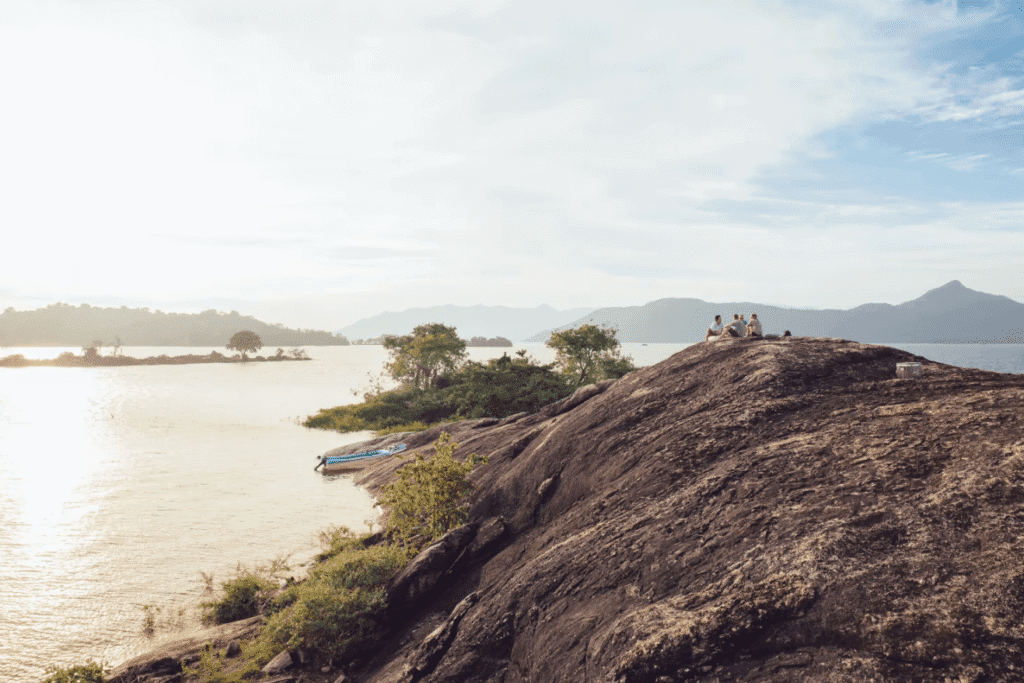
Getting Around
Gal Oya is wonderfully remote, which is part of its charm.
- Getting There: The park is located in the east of Sri Lanka. The most common way to get there is by hiring a private car or van from popular tourist hubs like Ella, Arugam Bay, or Kandy. The journey itself is beautiful, taking you through changing landscapes. Public transport is possible but can be complex and time-consuming, involving multiple buses to nearby towns like Ampara or Inginiyagala.
- In the Park: You can’t explore the park on your own. All activities, like boat and jeep safaris, must be arranged through your accommodation or a local tour operator. They will provide the vehicle, a guide, and a driver.
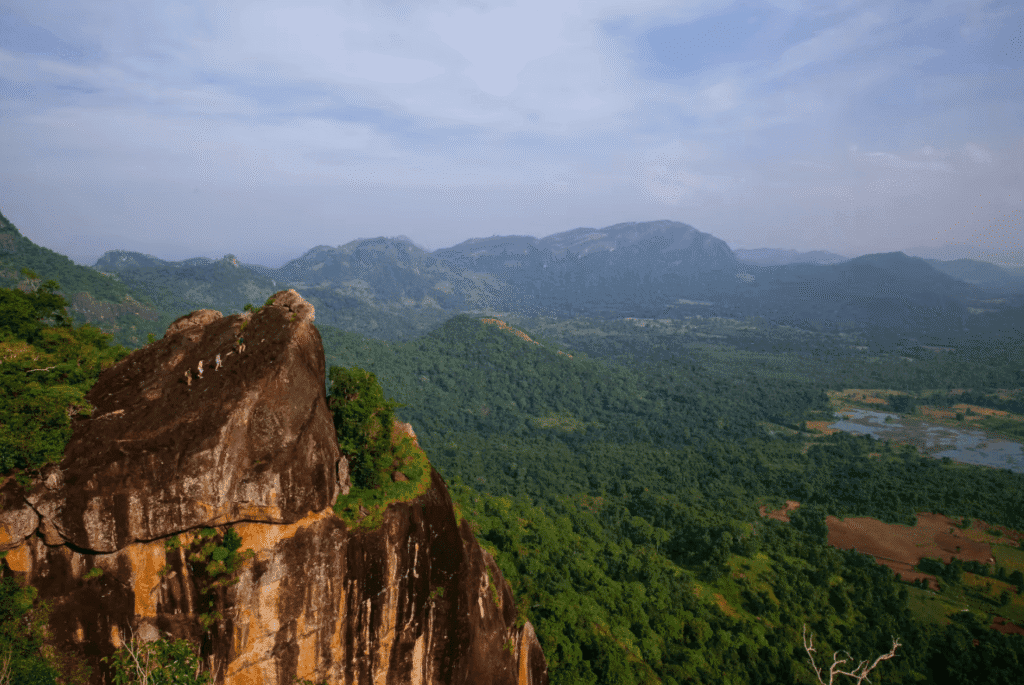
Travel Tips
- Book in Advance: Especially in the high season, it’s wise to book your accommodation and safaris ahead of time, as options are limited.
- Pack Smart: Bring lightweight clothing, a sun hat, sunscreen, and strong insect repellent. Binoculars are a must for getting a closer look at the wildlife!
- Respect the Wild: Always listen to your guide. Never make loud noises near animals, and of course, don’t feed them.
- Connect with Humility: If you visit the Vedda community, go with an open heart and a respectful attitude. Ask questions, listen to their stories, and always ask for permission before taking photos.
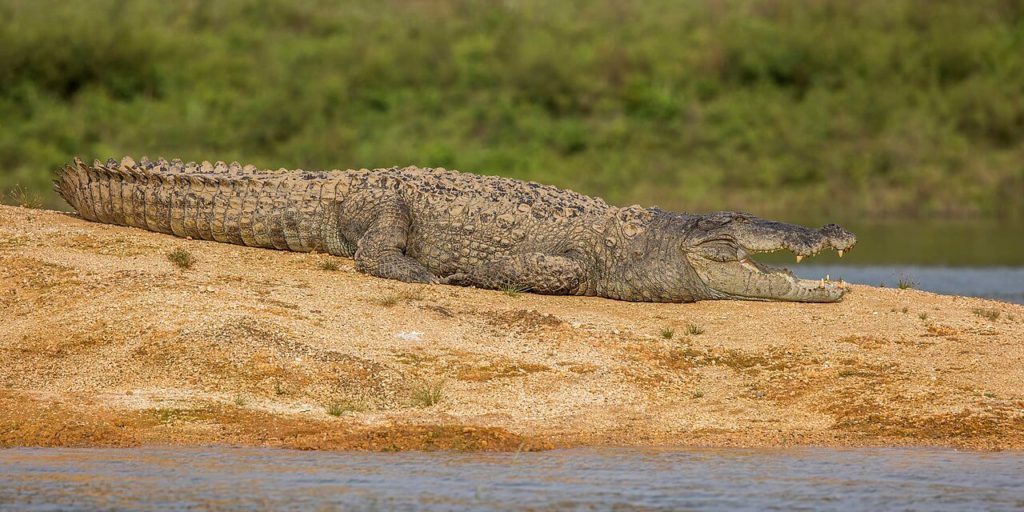
Hidden Histories & Old Stories
The heart of Gal Oya, the Senanayake Samudraya reservoir, is not an ancient wonder but a modern one. It was built in 1949 as part of the Gal Oya Development Project, Sri Lanka’s first major irrigation scheme after gaining independence. It was a symbol of a new nation’s ambition, designed to create fertile farmland and generate hydroelectric power.
What’s fascinating is how this massive engineering project created a brand-new ecosystem. The hills of the valley became the islands you see today, and the reservoir became a lifeline for the region’s wildlife. It’s a place where human history and natural history have merged in a beautiful, unexpected way. This land was also the ancestral home of the Vedda people, who have lived in harmony with the forest for thousands of years. The creation of the park has changed their world, but their ancient knowledge of the land remains.
Start Your Own Adventure
Gal Oya isn’t just a park; it’s an experience. It’s for the traveler who wants to step off the beaten path, to find quiet moments with nature, and to see a side of Sri Lanka that many miss. It reminds you that the greatest adventures are often found in the most peaceful places.